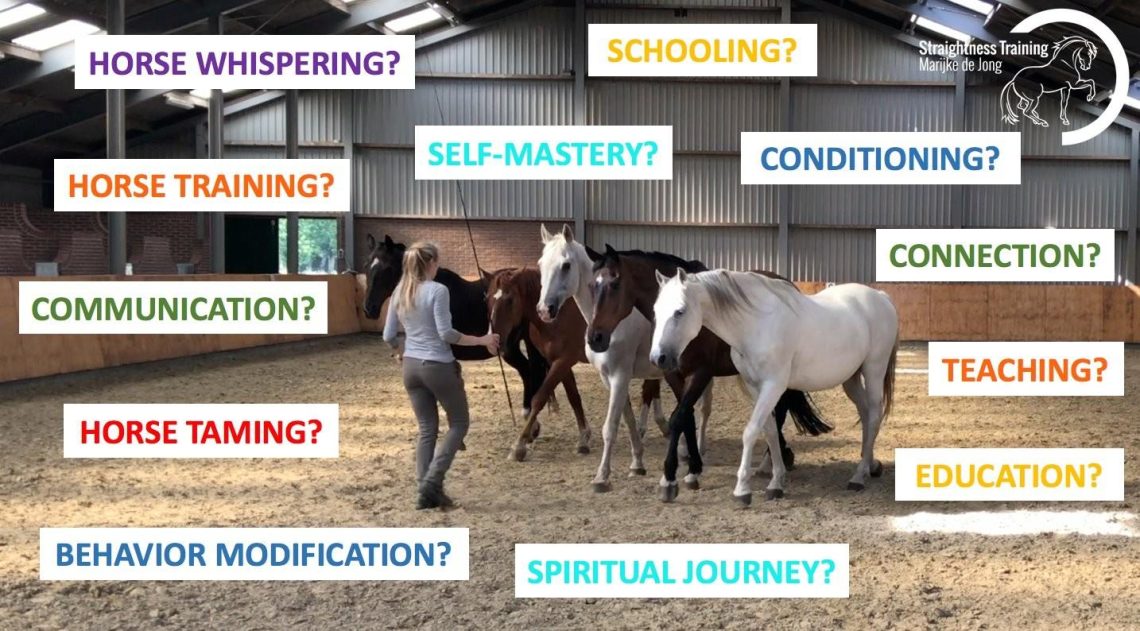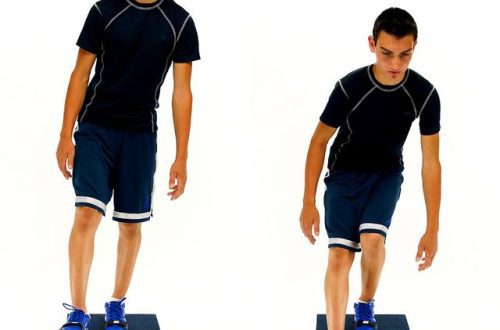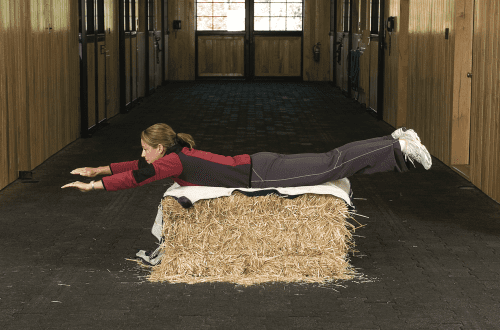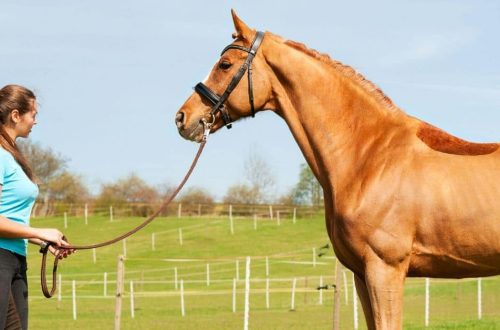
Why do all trainers teach horses to turn differently?
Basically, all coaches and instructors teach how to turn the way they were taught. There are several options, let’s look at them.
1. Turn according to the classic English riding school
Starting position – rectilinear movement, both reins are dialed in the same way. Let’s say we’re turning left. To do this, we smoothly shorten the left rein by moving towards ourselves, while we do not leave the right rein to sag like pasta – it limits the turning radius, i.e. the horse, as it were, is held in a corridor of two reins (not carried over the withers, etc.). We look where we want to turn, we turn our shoulders and knees a little there. The left leg is the axis around which the horse bends, we press it more tightly to the side of the horse. We take the right leg slightly back by the girth.
This is how any horse, once ridden in the traditions of modern sports dressage, will turn (dressage is not as a discipline of the CS, but as a process of teaching a horse in the style of classical disciplines of equestrian sports – dressage, show jumping, triathlon). Moreover, the higher the level of horse riding, the more it requires the rider to correctly execute the turn, and in other cases, it may simply not understand the command. This method is good if you need to turn in a balanced and accurate way along a small turning radius.
2. Pivot on the principle of avoiding pressure
When making the same turn to the left, we take the left rein from the horse’s neck literally a couple of centimeters, and on the contrary, apply the right rein to the neck. The right leg is pressed closer to the side, while the left leg remains softly lying, providing the horse with a place where to go from this very pressure. We turn the shoulders in the direction of the turn (not so, it’s over that the hop is also 360, but barely noticeable, neatly). So you can control the rein even if it sags. This option went from the “working” dressage options of the horse, when the horse is not a sports partner, but a household helper. For example, it helps to graze a herd or go around pastures. A similar manner of turning is used in the western style. This variant came about because the “working” rider tends to steer with one hand while using the other for the job. And, accordingly, he does not physically have the opportunity to create a “corridor”, as in option 1. This method allows you to turn at a decent speed on smooth races, or vice versa – turn around on the spot on the back. The quintessence of this method is the “spin” element in the Western.
3. Turn with one rein
This is fundamentally the wrong way to turn a riding horse. This manner was transferred to the top by the village riders, who are used to driving a horse in a harness, where, of course, there is no leg. They also teach you to turn only from the occasion in bad skates, where the principle “somehow taxis, and all right” is confessed. With this way of turning the horse, it is easy to ignore the rider, which often leads to the most popular novice question “the horse does not turn, why ?? I have already turned my whole head to her shoulder. The horse has a long and flexible neck and can walk forward easily, even with its head turned to the side, just as you can walk forward down an alley while actively interacting with a mate nearby.
For a calm and trouble-free ride on 99% of rental horses, it is enough to know the first option well, plus have an idea about the second. Without the use of legs, a comfortable and controlled ride on a horse is almost impossible.





